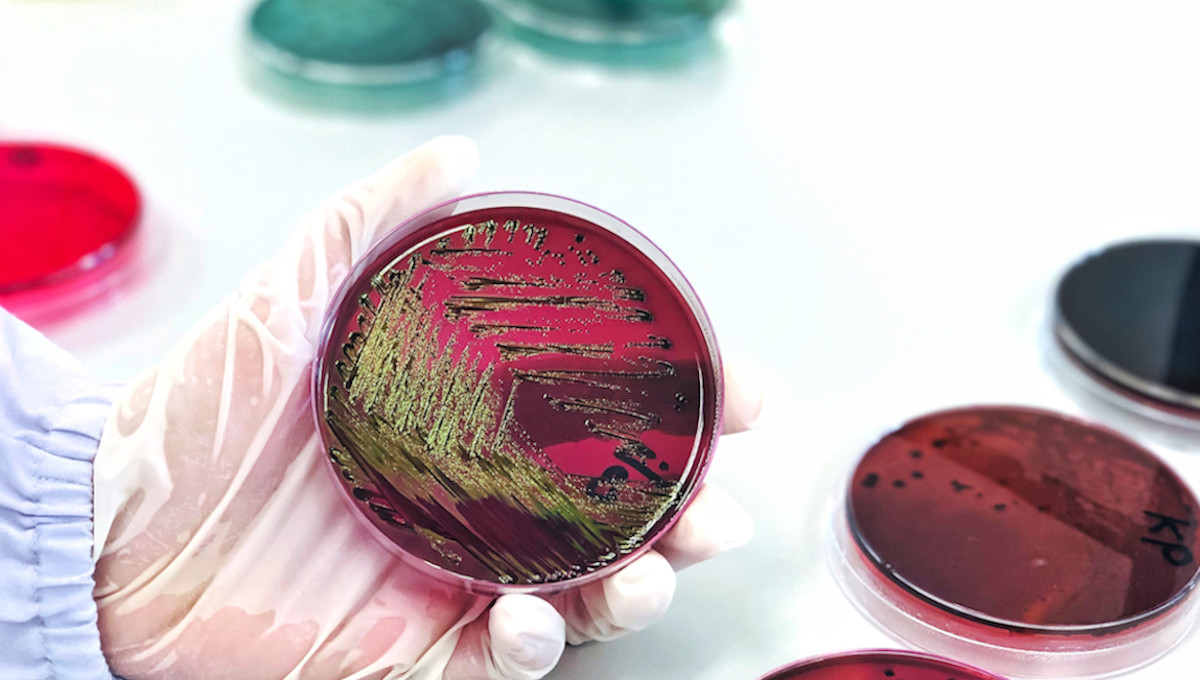Experts have reviewed how effective and practical certain control measures against E. coli are in two sectors.
The Joint FAO/WHO Expert Meeting on Microbiological Risk Assessment (JEMRA) covered Shiga toxin-producing E. coli (STEC) in meat and dairy products.
A virtual JEMRA meeting was held in June 2020 to provide scientific advice on measures for pre- and post-harvest control of STEC in animals and foods of animal origin. A summary of the meeting has been published with a full report to follow later.
This came after the Codex Alimentarius Commission approved new work in July 2019 on development of guidelines to control STEC in beef, raw milk and cheese produced from raw milk, leafy greens and sprouts.
Experts reviewed scientific literature on the physical, chemical and biological control measures against STEC during primary production, processing and post-processing of raw meat, raw milk and raw milk cheeses. Efficacy and practicality of these measures were scored as high, medium or low.
Todd Callaway, Natalia Cernicchiaro and Peter Feng took part from the United States. The 17 specialists also included Roger Cook, Paul Cook, Sara Monteiro Pires and Tim McAllister.
Main findings
Strength of evidence for interventions varied as some studies were conducted in meat or dairy plants and others in laboratory settings. There were also differences in the analytical methods used, the serotype and strains of STEC and the levels of contamination.
Due to associated health risks and costs, in-plant studies are rare. Surrogate bacteria, such as generic E. coli, are used as substitutes and the results extrapolated, meaning that evidence of intervention effects specifically for STEC may not be available. There is uncertainty as to whether the detection and reduction levels seen in surrogate studies are representative of STEC or of commercial production and processing, said experts.
Most STEC interventions have been evaluated using lab-based challenge studies rather than under commercial or production scale conditions. Many of the studies looking at the impact of interventions used high starting inoculum levels of one or more STEC strains and with limited serotypes. Low levels are likely to be more representative of natural contamination situations.
A lot of studies focused on the impact of a control measure at a specific stage in the food chain, rather than in the context of a complete supply chain.
Food businesses have implemented multiple control measures on farms and in processing facilities, but the overall efficacy of several hurdles remains difficult to quantify. It is uncertain that observed reductions associated with each individual control will be cumulative when combined. Also, the efficacy of an intervention may vary from site to site, said experts.
Evidence for controls
Evidence to support cattle demographics, animal density, exposure to other animals, and sanitation of bedding were rated as having medium or high confidence to impact STEC. Interventions including feeding of forage versus concentrate rations, specific grain types, and including citrus products and essential oils in feed had lower levels of confidence in efficacy.
Processing measures where evidence supported a high efficacy in reducing prevalence of STEC included steam vacuuming of visible fecal contamination on carcasses, use of a hot potable water carcass wash, steam pasteurization followed by 24 hour air chilling and combinations of these.
Efficacy of interventions against STEC in raw milk cheeses varied depending on animal origin of the raw milk, manufacturing practices, scale of production, baseline microbial load, composition of the raw milk, and the STEC serotype.
Pasteurization is very effective, confidence in the evidence of bacteriophage use during fermentation of milk and gamma or eBeam irradiation to reduce bacterial levels in milk were evaluated as medium.
(To sign up for a free subscription to Food Safety News, click here.)

